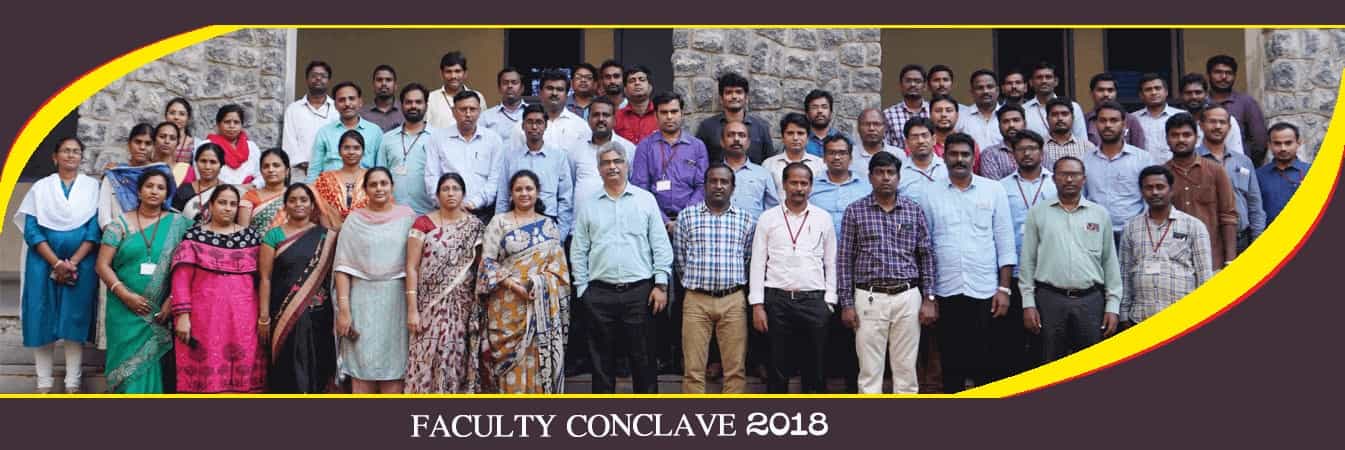
Being patient with others, making small talk, being quick to play (and slow to judge) all go a long way to fostering strong relationships on your team. Sometimes, the “work” of relationships can seem wasteful. When you feel like you can relate to your team - and they to you - connection comes naturally because everyone feels a responsibility to one another. Build relationshipsĬonnection is all about building and sustaining relationships across a team. For example, a presentation, a document, or brief can signal to the audience that their role is to receive information - rather than participate. Understand how mediums of communication affect participation.
#Conflict and mindset collaboratory free
If one person is doing all the talking, if team members don’t feel free to ask questions, share, or participate in the work, the resulting imbalance is likely to result in frustration and misalignment. Teams are built with the understanding that everyone has something valuable to contribute. How do you achieve symmetry with asynchronous work? 5. With symmetry achieved, teams can achieve a dynamic loop of connection. If something is unclear, you must ask questions and work toward shared understanding.Īs senders of information, you have a responsibility to make information clear, answering clarifying questions and recognizing audience struggle. This requires a commitment to symmetry.Īs receivers of information, you have a responsibility to listen - or read, watch, absorb - what’s being shared. Connection happens when teammates come together and meet in the middle. There are senders of information and receivers. Fight back against the tyranny of text! 4. Choose a communication medium that is up to the task of the ideas being shared. This is really hard - especially when the ideas are complex or new. Teammates must make ideas clear and easy to understand. How do you take what’s in your head and share it in such a way that someone else understands? Ideas that seem simple to you may not be simple to your audience. To understand what someone else is saying, we need to make an effort to take on their frame of reference. With empathy for our audience, we can tailor what we say and how we say it so that others may understand our point of view.Įmpathy works the other way, too. Connection requires empathy - the ability to see things from someone else’s point of view.

Since the very nature of this medium is imperfect and collaborative, it naturally invites connection and participation across the team. Here, anyone can take part and ideas come to life through drawings, diagrams, content, and conversation. MURAL’s visual thinking canvas transforms old ways of working to a digital environment. Whenever possible, consider inviting your team into a collaborative space - whether a physical room or an online one, like MURAL’s digital workspace.
#Conflict and mindset collaboratory software
As Oglivy’s vice chairman Rory Sutherland says, “A video call is only as good as its worst participant.” When using software to connect, make sure the technology is understood by and working for everyone involved.

Make sure space for connection is accessible. Knowing that your words and reactions will be seen by a large subset of your peers, how does that impact your response? Do you say anything at all? How do you say it? The recipients see that message as something that requires immediate attention, no matter when it was sent or what it says.

In this way, mediums bring important limitations to how well we can connect.įor example, imagine a C-level leader fires off an email to a large group of employees. Marshall McLuhan popularized the concept that "the medium is the message.” In his 1964 book, Understanding Media: The Extensions of Man, McLuhan focused on the nature of communication channels, and how the characteristics of the channels affect the content. They make it difficult to keep up with who said what and where.Ĭommunication channels impact what can be communicated and how. They also introduce new challenges by fragmenting dialogue. But they don’t automatically connect you on a level that makes great collaboration possible. All these channels make it possible to communicate with your team within the context of the work.


 0 kommentar(er)
0 kommentar(er)
